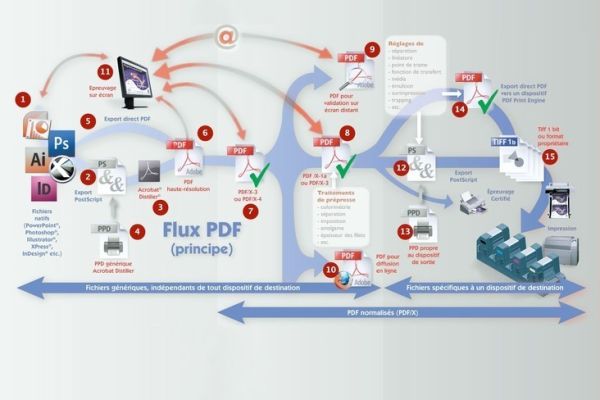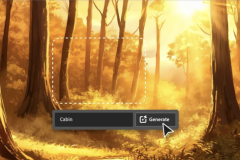The news has passed almost unnoticed, but is sure to be of interest to printers, RIP manufacturers, prepress software publishers and automated workflow specialists. Adobe, the originator of the PDF format, has rejoined the Ghent Workgroup (GWG), the international collective responsible for developing standards and best practices for printing and publishing. An opportunity to examine the consequences of this return for PDF/X standards and the tools derived from them.
Adobe and PDF: back to the cradle
The very structure of the PDF/X standards is based on the PDF format, initiated in 1993 by Adobe. Since then, PDF has become the standard for print file exchange. Its standardization within ISO has made it a pillar of prepress practices. Since its creation in 2002, the Ghent Workgroup has drawn on these standards to define technical recommendations designed to standardize practices in print shops.
Adobe's absence in recent years hasn't slowed down the GWG's work, but its return is a game-changer. It ensures better coordination between industry specifications and developments in the native PDF format.
A direct influence on future specifications
Adobe thus joins the other active members in participating in the redefinition of GWG recommendations, particularly on developing subjects such as embellishment, personalization and textiles. Its technical expertise and market clout make Adobe a key player, capable of converging the work of the GWG with that of ISO and the PDF Association.
In concrete terms, this increased involvement could accelerate the integration of new functionalities into PDF/X specifications, such as finishing effects, selective varnish or variable data applied to printed textiles.
For print shops and prepress departments, Adobe's return to the GWG means more consistent alignment between creative software (InDesign, Illustrator), PDF exports, prepress controls and validation tools based on GWG standards.
This could reduce some of the incompatibilities observed in production workflows, notably between PDF files that comply with GWG recommendations but are difficult to use in some Adobe software, due to the lack of synchronization between the two levels of standardization.
The challenge of industrial governance
For the Ghent Workgroup, Adobe's presence restores balance within the industry ecosystem. While European publishers such as Callas, Enfocus and Agfa have historically weighed heavily in defining validation profiles, the return of a major American player brings a form of parity and ensures better representation of different technical sensibilities and regional markets.
Mike Scrutton, Director of Print Strategy at Adobe, sums up the challenge: "Rejoining the Ghent Workgroup reflects our commitment to the development of standards, particularly in areas such as finishing and textiles.
As printing practices become increasingly hybrid (paper, textile, inkjet, toner), the question of unifying standards remains central. Adobe's return to the GWG could encourage the emergence of new prepress profiles better adapted to multi-media realities.
The GWG's current president, Dave Zwang, asserts that "practical, realistic standards are essential to the progress of the graphics industry". In this context, Adobe could act as a facilitator between ISO specifications, the expectations of equipment manufacturers and the concrete needs of printers.












